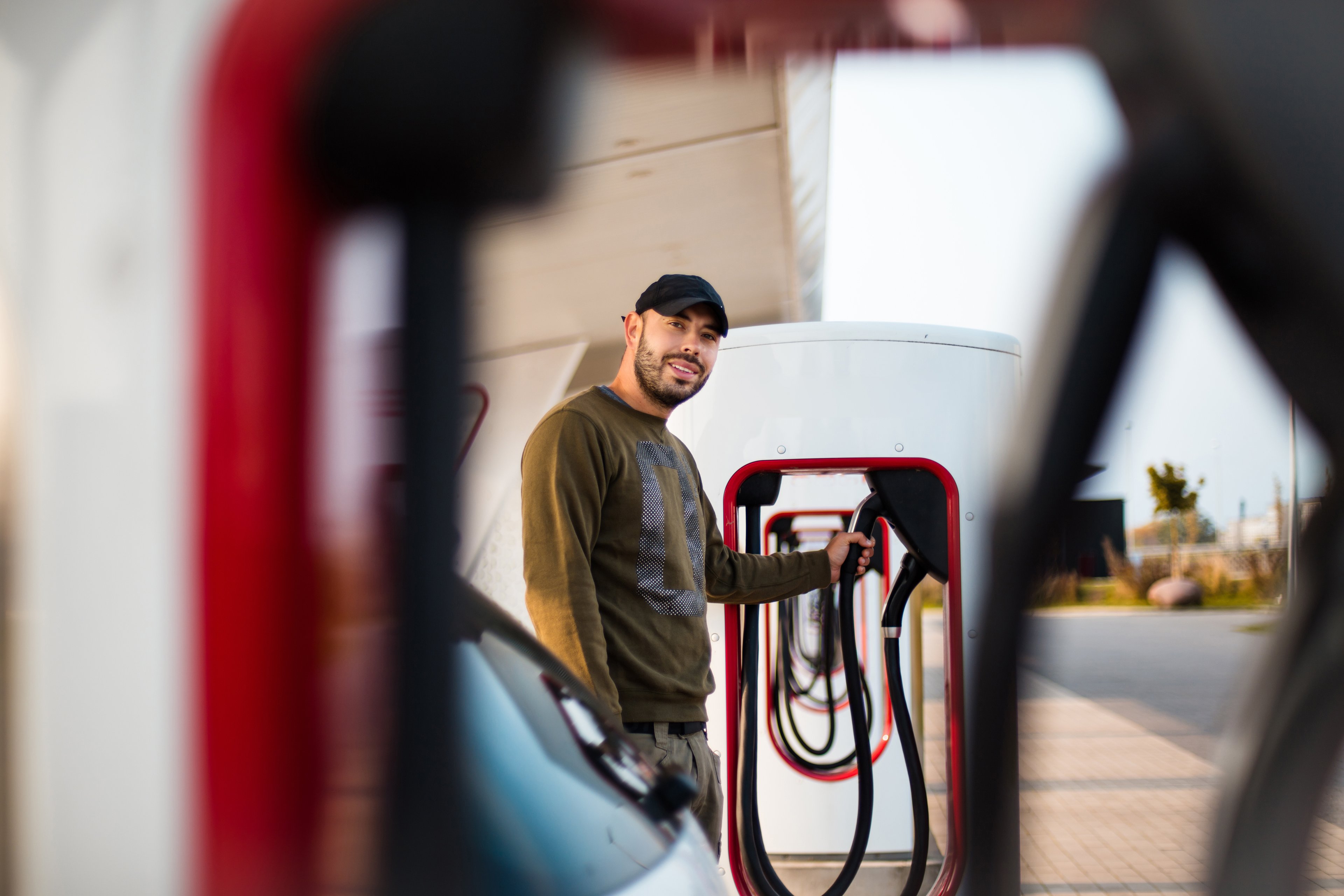
Image source: The Motley Fool.
Electric-car maker Tesla Motors' (TSLA 0.24%) third-quarter earnings report will take place on Oct. 26, Tesla said in a statement on Friday. With the release covering a period in which the automaker significantly ramped up production and one just before Tesla's major investments in Model 3 production, this Q3 report be insightful for investors. Ahead of the results, here's an early look at some areas that will be worth watching.
Operating cash flow
As Tesla continues to ramp up production, investors are looking for glimpses of improving profitability. Today, Tesla regularly reports losses -- both on the income statement and cash flow statement. After delivering a record 24,500 vehicles in Q3, up a whopping 70% sequentially, can Tesla preview a business model moving toward profitability?
To get an idea of whether the automaker's business is scaling toward profitability as deliveries increase, investors can check in on third-quarter operating cash flow, or the cash a business is generating from regular operations before subtracting capital expenditures or taking into account financing activities.
For Tesla's second quarter, the company did notably report positive operating cash flow, but the metric "included the receipt of Model 3 deposits," management said in its third-quarter shareholder letter. With operating cash flow for the quarter at $150 million, and Tesla reportedly garnering 373,000 deposit-backed reservations for Model 3 between March 31 and May 15, the company's operating cash flow would have likely been negative without Model 3 reservation deposits.
For Q3, Tesla investors should look for positive operating cash flow excluding any benefit of Model 3 deposits. With vehicle sales more than 40% higher than in any quarter before, positive operating cash flow would importantly highlight scalable operations.
Automotive gross margin
Another important financial metric to watch when Tesla reports third-quarter results will be automotive gross margin, or Tesla's gross profit for its automotive business as a percentage of revenue.

Model X in Tesla's Fremont, Calif, factory. Image source: The Motley Fool.
Tesla's second-quarter automotive gross profit margin, excluding benefits from ZEV credits, was 21.2% -- up from 20.1% in the prior quarter. The sequential improvement in automotive gross profit margin was "primarily due to improved manufacturing for Model X and favorable pricing for Model S," management explained in the company's second-quarter shareholder letter.
While Tesla's move in early June to introduce a slightly cheaper version of Model S will likely eliminate a Model S pricing tailwind, the company should undoubtedly continue to benefit from improved manufacturing for Model X -- especially with Model X deliveries nearly doubling between Q2 and Q3.
Indeed, Tesla explicitly noted in its second-quarter shareholder letter that both Model S and Model X "cost reductions and improved vehicle manufacturing efficiency" are expected to "drive additional gross margin increases throughout the year."
Specifically, Tesla said it expected automotive gross margins, excluding benefits from ZEV credits, to "increase by 2-3 percentage points through Q3 and Q4." Investors will soon find out whether or not Tesla is making the progress it expected for the key metric.
Model 3
Investors will also want to look for an update from Tesla regarding its progress on getting ready to bring its Model 3 to market late next year.

Model 3 prototype. Image source: The Motley Fool.
In its Q2 update, Tesla said it completed the design phase of Model 3, releasing the vehicle for tooling, production, and validation. Further, Tesla said it planned to begin construction of the Model 3 body and general assembly centers later this year.
Look for an update from Tesla regarding its progress for Model 3 and its timeline for beginning construction of the lower-cost, higher-volume vehicle's production lines.
Whatever Tesla reports in Q3, investors should take it with a grain of salt. Tesla CEO Elon Musk specifically urged employees toward the end of the quarter to build and deliver every car possible and trim "any cost that isn't critical." Q3, therefore, will likely be a bit better than it would have in the case operations were managed as usual.






